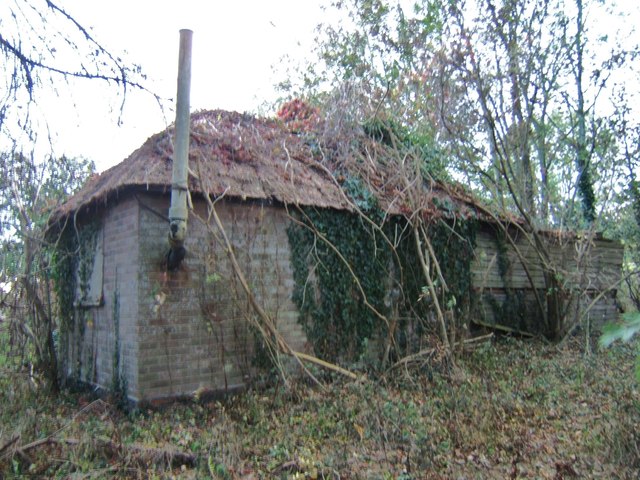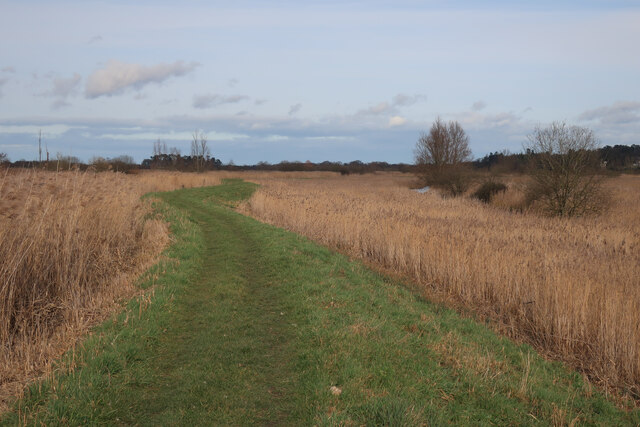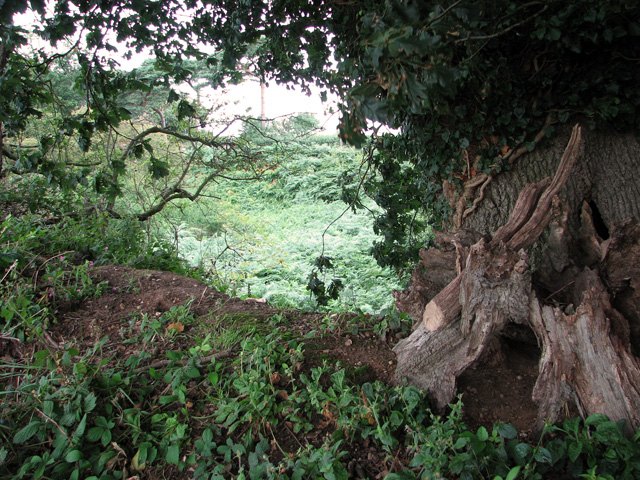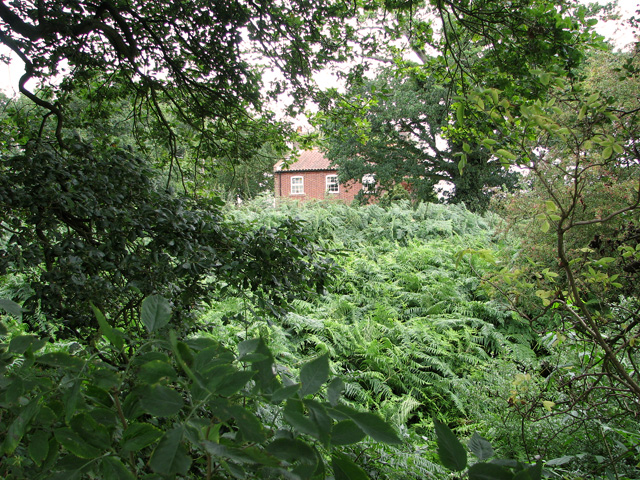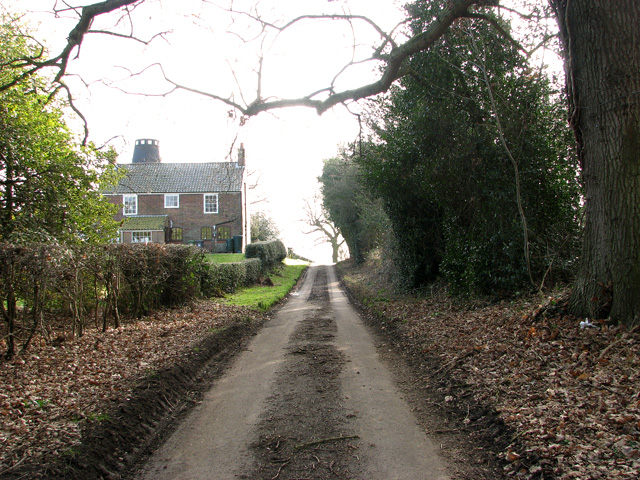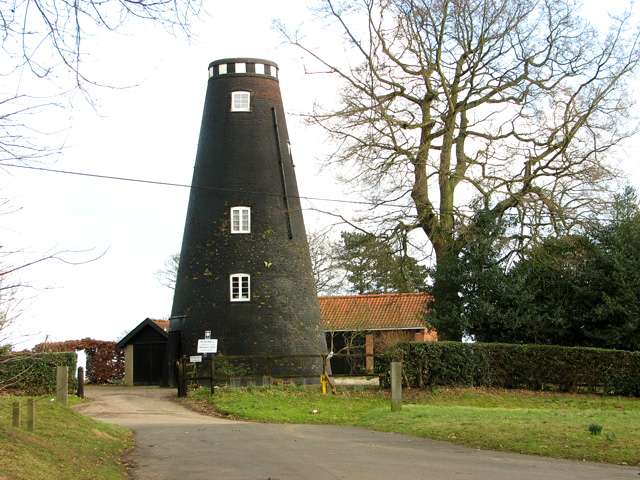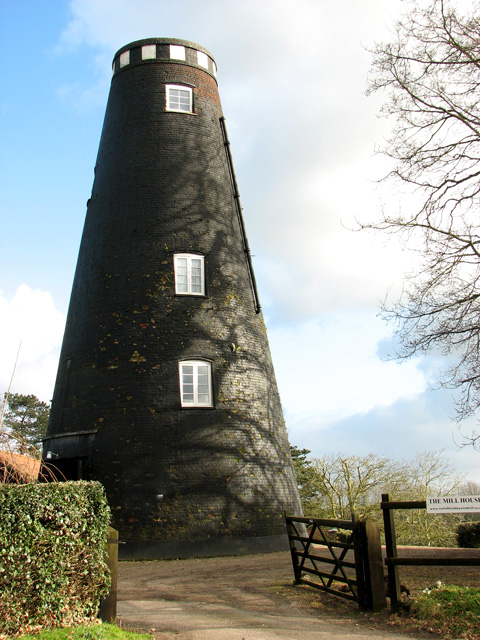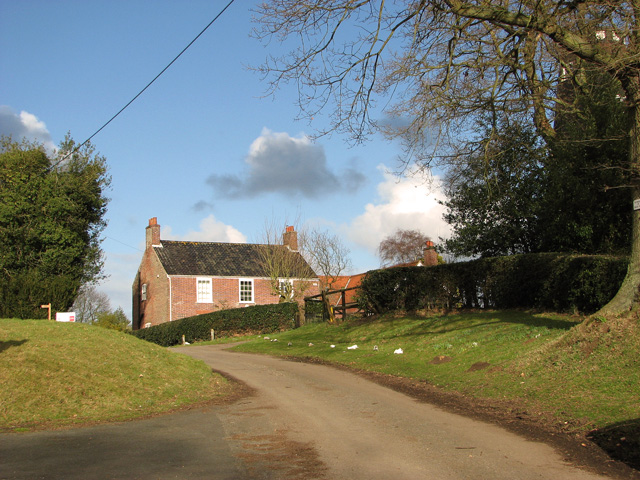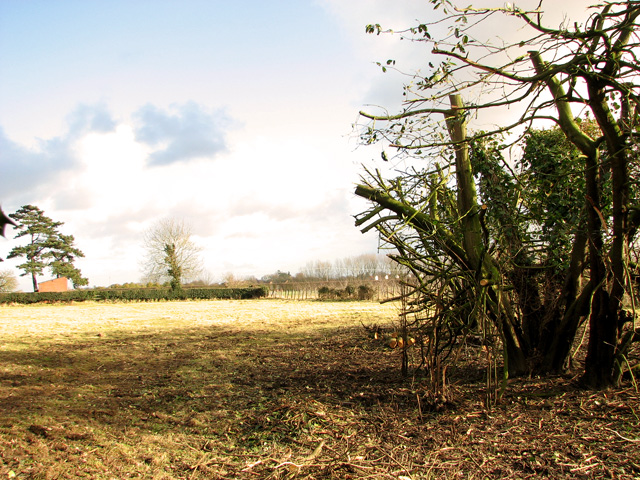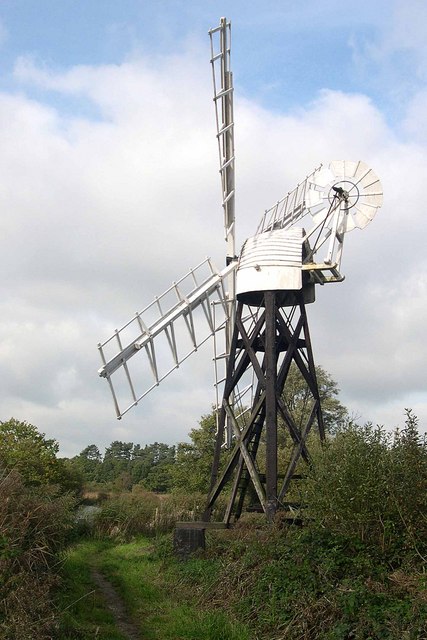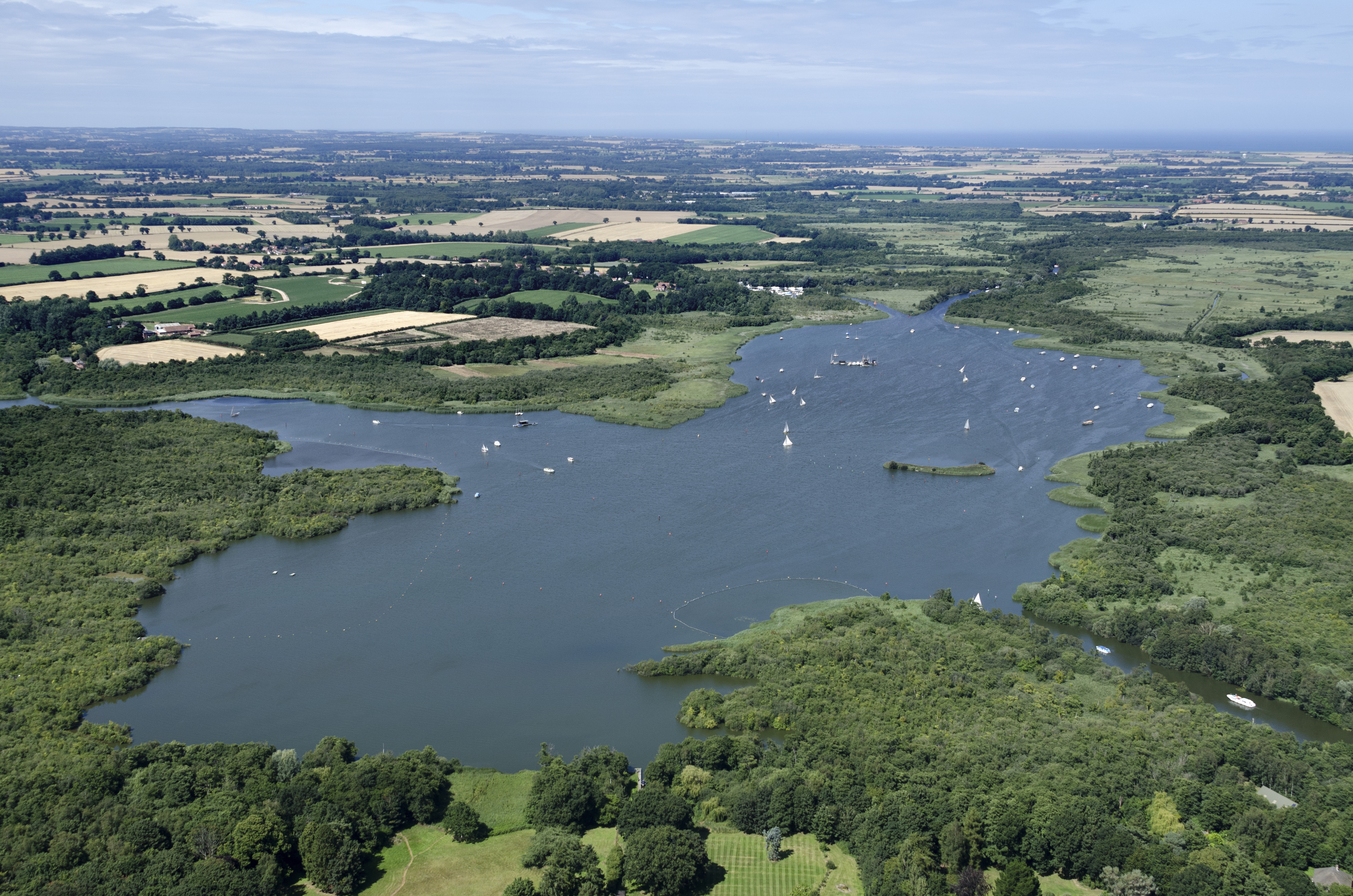Falgate Carr
Wood, Forest in Norfolk North Norfolk
England
Falgate Carr
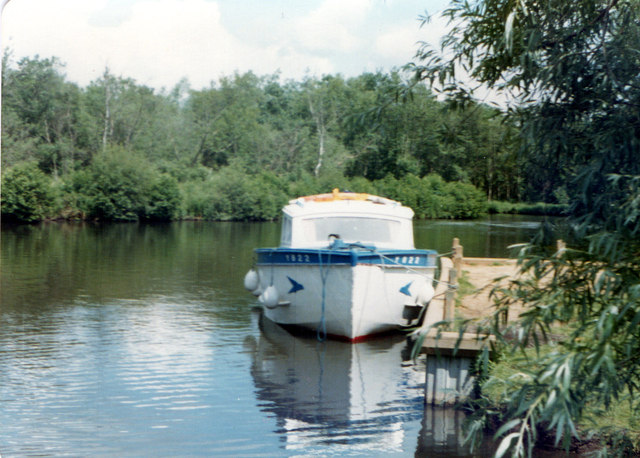
Falgate Carr is a small woodland area located in Norfolk, England. Situated near the village of Woodbastwick, it is a picturesque and tranquil spot that attracts nature lovers and outdoor enthusiasts. The name "Carr" refers to a type of wetland characterized by peat soil, and this feature is evident in Falgate Carr.
The woodland is predominantly composed of native broadleaf trees such as oak, ash, and birch. The dense foliage provides a rich habitat for a variety of flora and fauna, including wildflowers, ferns, and mosses. The area is particularly known for its vibrant bluebells that carpet the forest floor in the springtime.
Falgate Carr is intersected by a network of winding paths and trails, allowing visitors to explore the woodland at their own pace. The paths are well-maintained and provide access to various viewpoints, offering glimpses of the surrounding countryside and nearby Broads.
The woodland is also home to a diverse range of wildlife. Birdwatchers can spot species such as woodpeckers, thrushes, and warblers, while small mammals like rabbits, squirrels, and hedgehogs can be seen scurrying through the undergrowth. With its peaceful atmosphere and abundant wildlife, Falgate Carr offers a serene escape from the hustle and bustle of everyday life.
Overall, Falgate Carr is a charming woodland retreat that showcases the natural beauty of Norfolk. Its lush vegetation, well-marked trails, and diverse wildlife make it an ideal destination for those seeking a peaceful and immersive experience in nature.
If you have any feedback on the listing, please let us know in the comments section below.
Falgate Carr Images
Images are sourced within 2km of 52.726381/1.4974589 or Grid Reference TG3620. Thanks to Geograph Open Source API. All images are credited.
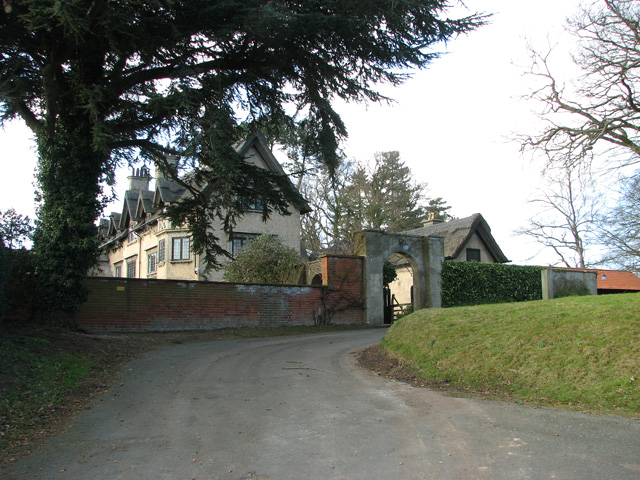
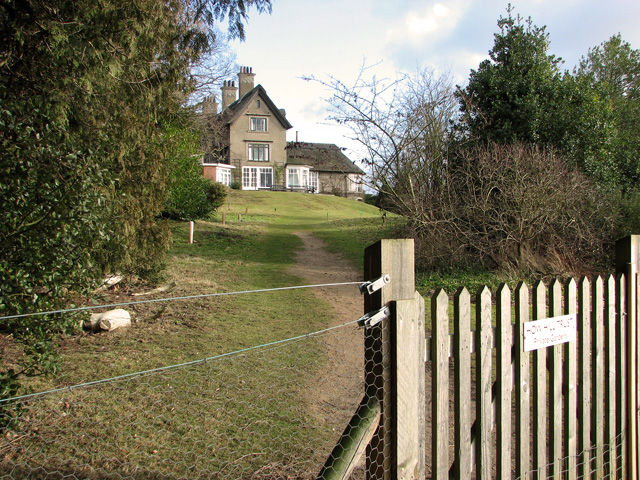
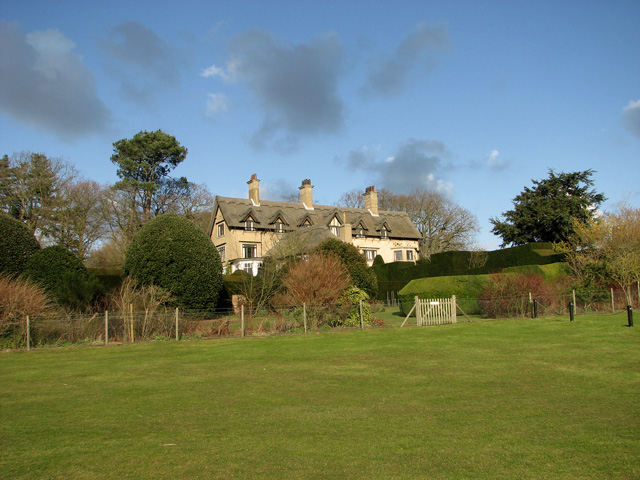
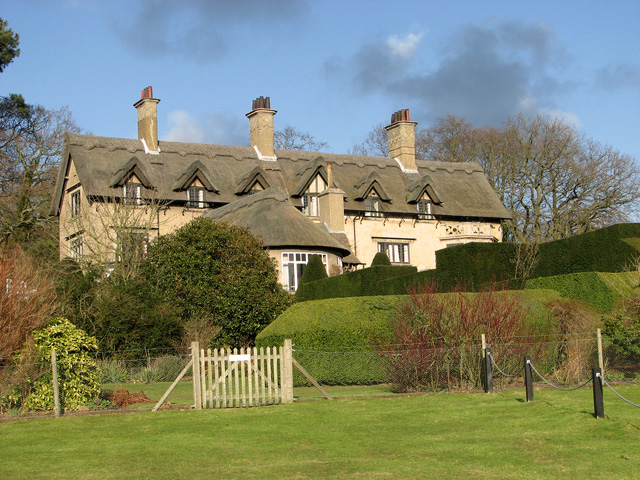
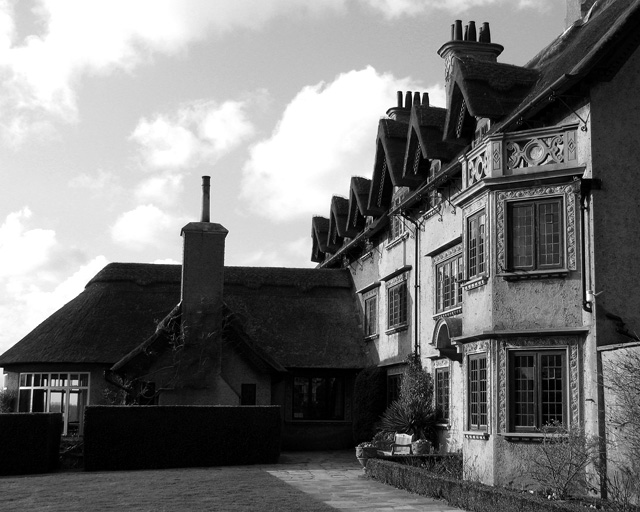
Falgate Carr is located at Grid Ref: TG3620 (Lat: 52.726381, Lng: 1.4974589)
Administrative County: Norfolk
District: North Norfolk
Police Authority: Norfolk
What 3 Words
///jiggle.enthused.caressing. Near Horning, Norfolk
Nearby Locations
Related Wikis
Irstead
Irstead is a village and former civil parish, now in the parish of Barton Turf, in the North Norfolk district, in the county of Norfolk, England. The village...
Clayrack Drainage Mill
Clayrack Drainage Windmill is located at How Hill in the English county of Norfolk. It is on the east bank of the River Ant close to How Hill, a large...
Boardman's Windmill
Boardman's Drainage Windmill is located at How Hill in the English county of Norfolk It is on the east bank of the River Ant close to the large Edwardian...
Alderfen Broad
Alderfen Broad is a 21.3-hectare (53-acre) biological Site of Special Scientific Interest north-east of Norwich in Norfolk. It is managed by the Norfolk...
How Hill
How Hill is a hamlet on the River Ant within The Broads National Park in Ludham parish, Norfolk, England. How Hill House, completed in 1903, was designed...
Crome's Broad
Crome's Broad is situated to the east of the River Ant, north of How Hill, within The Broads National Park in Norfolk, England. It is named after John...
How Hill House
How Hill House is a large Edwardian house in How Hill, an area of Ludham parish, Norfolk, England. The house overlooks the River Ant and is within the...
Barton Broad
Barton Broad is a large lake that forms part of the River Ant which gives its name to a 164-hectare (410-acre) nature reserve north-east of Norwich in...
Nearby Amenities
Located within 500m of 52.726381,1.4974589Have you been to Falgate Carr?
Leave your review of Falgate Carr below (or comments, questions and feedback).

